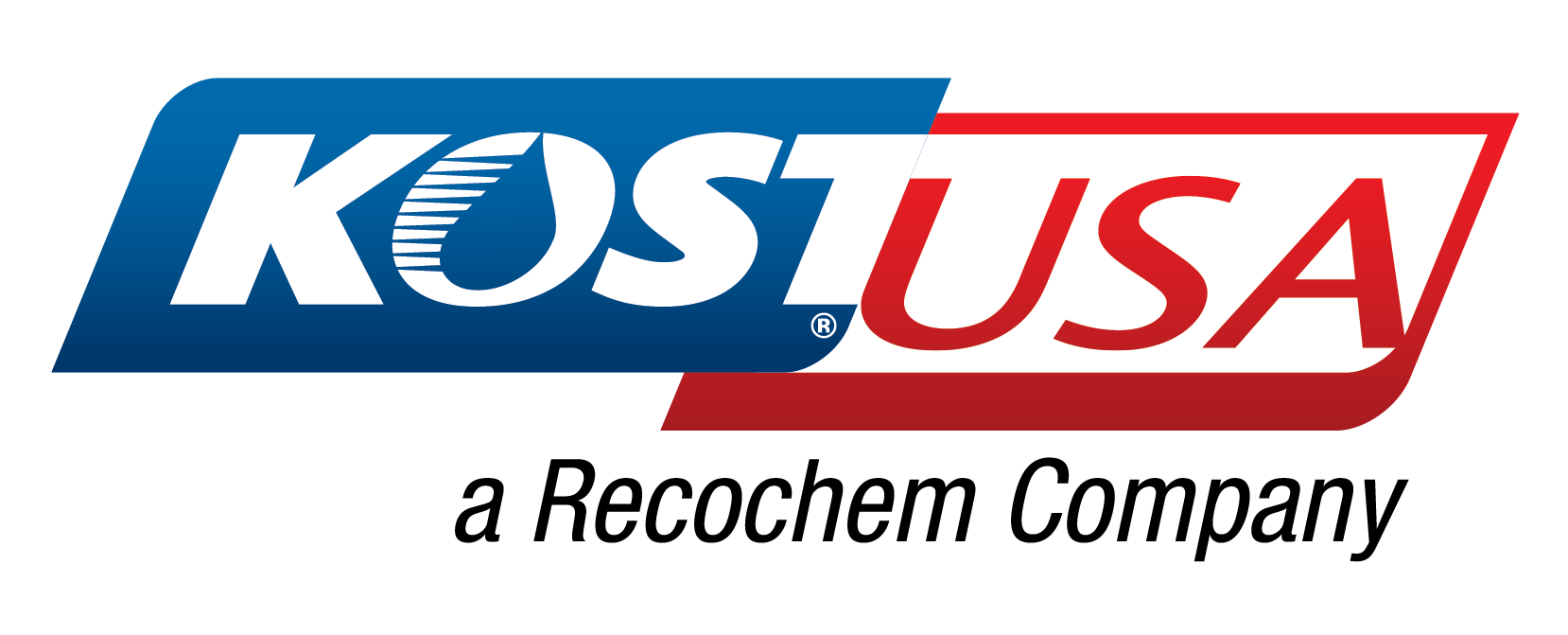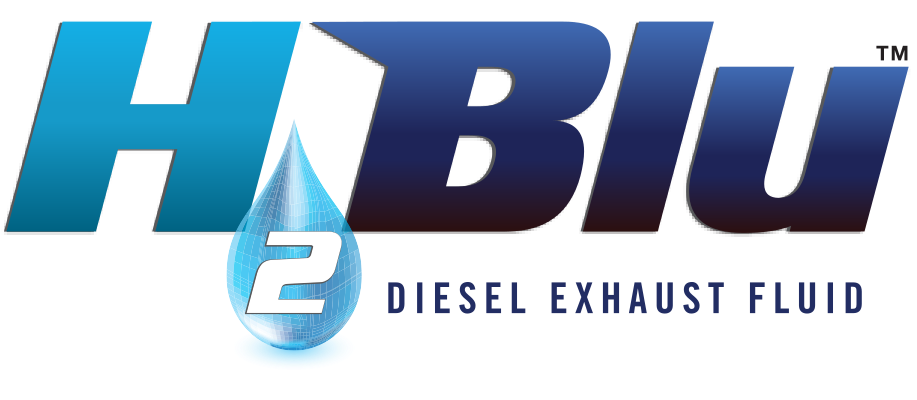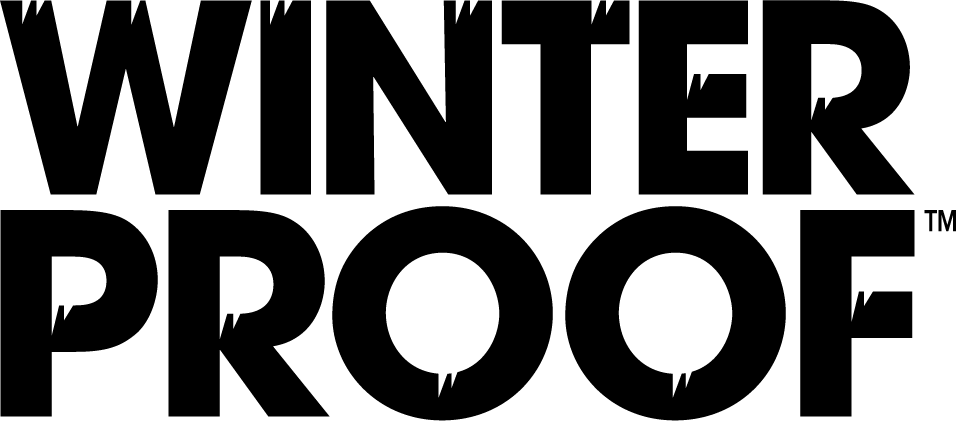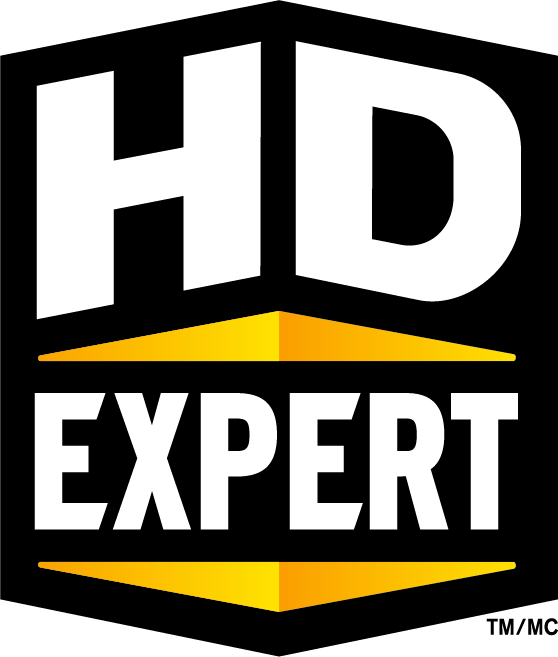New & Improved HD ELC
KOST® USA is excited to announce that during the month of March, we will be rolling out a NEW formulation of our DefendAL® HD ELC Antifreeze. This formula will offer the same excellent protection with NO 2-EH! 2-Ethylhexanoic acid (2-EH) is an organic acid inhibitor commonly found in organic acid technology (OAT) coolants. While this inhibitor is highly effective in preventing corrosion, it can damage silicone seals, hoses, and gaskets. When a coolant containing 2-EH is used in a system with silicone, the silicone can shrink and dry, distorting its shape and causing leaks.
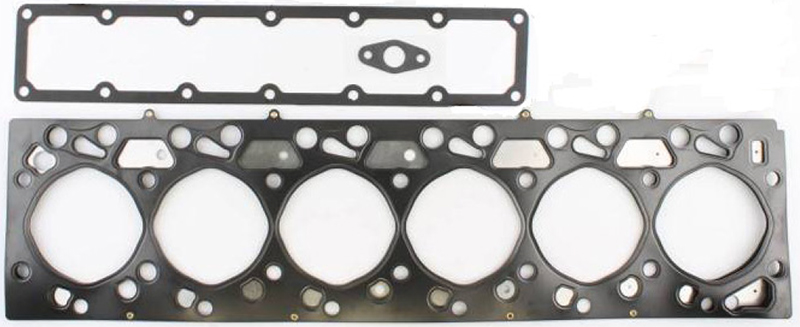
Some HD OEMs, such as Cummins®, use silicone seals, hoses, and gaskets in some engine models, so they require a coolant free of 2-EH. Owners of Heavy-Duty engines must be careful, however, because most HD Extended Life Coolants (typically marketed as CAT EC-1 coolants) still contain 2-EH! KOST® USA’s new formulation of DefendAL® HD ELC contains NO 2-EH, so you can rest assured when using it – whether your fleet includes CAT®, Cummins®, or both you’ll be protecting your silicone seals, hoses and gaskets.
At KOST® USA…we have you protected!

Navigating Specifications
Specifications might be one of the most confusing parts of the antifreeze technology world. Even to the trained eye, a list of specs can look like alphabet soup. KOST® USA is here to help. Let’s touch on the basics of specifications so that you are better equipped to choose the right coolant for your system.
A specification, or standard, is essentially a bundle of different tests with pass or fail limits used to judge a product. A specification can be developed by an industry group (such as ASTM, ISO, or TMC) or by an Original Equipment Manufacturer (such as Ford®, Chrysler®, Cummins®, or Detroit Diesel®). Industry specs commonly include criteria such as pH, freeze point, corrosion limits, and chemical requirements. OEM specs typically contain those criteria as well, but they often go a step further and can include elastomer testing, OEM-specific corrosion testing, and field trials. Industry specifications help ensure that you use high-quality antifreeze/coolant that will, in general, protect your coolant system, while OEM specifications help to ensure that you are using the right coolant technology for your engine.
Caution: Using the wrong technology antifreeze/coolant for your application can cause damage. Follow OEM recommendations.

The first step in considering if an antifreeze/coolant is right for your application is the consideration of ASTM specs: ASTM D3306 for light-duty and ASTM D6210 for heavyduty. These specs are the minimum requirement for safe antifreeze/coolant: any antifreeze not claiming D3306 or D6210 on the bottle should be considered with extreme caution. ASTM D3306 contains physical and performance testing requirements to keep your automotive system safe. At the same time, ASTM D6210 requires that a coolant pass D3306 and provide protection against cavitation* for the wet sleeve liners present in heavy-duty applications. Finally, OEM specifications contain requirements in addition to industry specifications. Follow the step-by-step guide below for help in navigating specifications.
*See “Cool News You Can Use Volume 1, Issue 3: Light Duty Vs. Heavy Duty Antifreeze” for an explanation of cavitation.The first step in considering if an antifreeze/coolant is right for your application is the consideration of ASTM specs: ASTM D3306 for light-duty and ASTM D6210 for heavyduty. These specs are the minimum requirement for safe antifreeze/coolant: any antifreeze not claiming D3306 or D6210 on the bottle should be considered with extreme caution. ASTM D3306 contains physical and performance testing requirements to keep your automotive system safe. At the same time, ASTM D6210 requires that a coolant pass D3306 and provide protection against cavitation* for the wet sleeve liners present in heavy-duty applications. Finally, OEM specifications contain requirements in addition to industry specifications. Follow the step-by-step guide below for help in navigating specifications.
*See “Cool News You Can Use Volume 1, Issue 3: Light Duty Vs. Heavy Duty Antifreeze” for an explanation of cavitation.
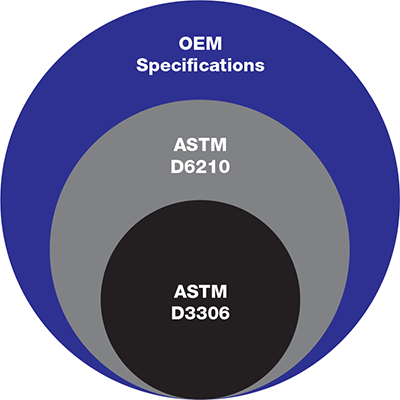
How to Use Specifications:
- Ensure that the antifreeze/coolant you are buying passes ASTM specifications: ASTM D3306 for light duty coolants and ASTM D6210 for heavy duty coolants. All KOST USA coolants pass the applicable ASTM specifications.
- Ensure that the antifreeze/coolant that you are buying is the right technology for your application. Check your owner’s manual for the recommended coolant or specification, then check the product data sheet posted by the manufacturer for the corresponding OEM spec. All KOST USA Product Data Sheets (PDS) can be found at www.kostusa.com.
- Can’t fnd the specification you need? We can help! Talk to your sales representative or call us at (800) 661-9391 and we will connect you with technical experts to assist you in finding the right product for your application.
